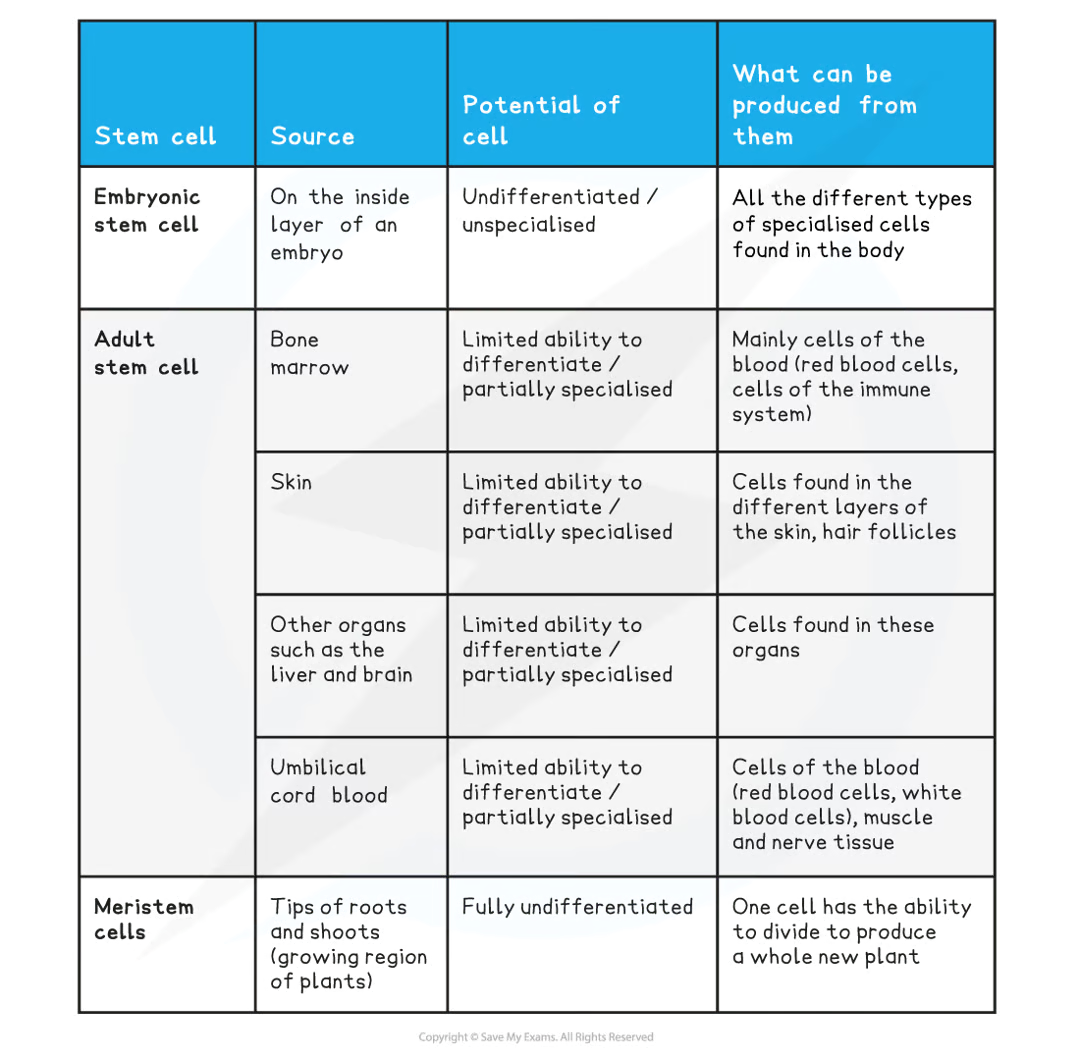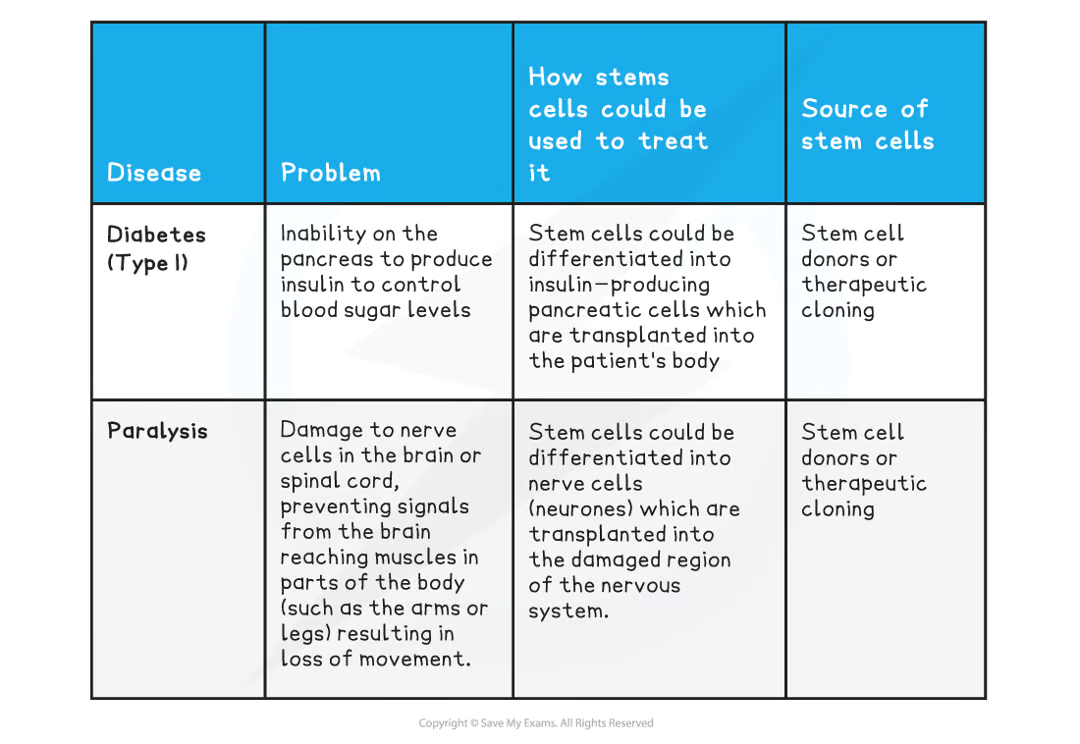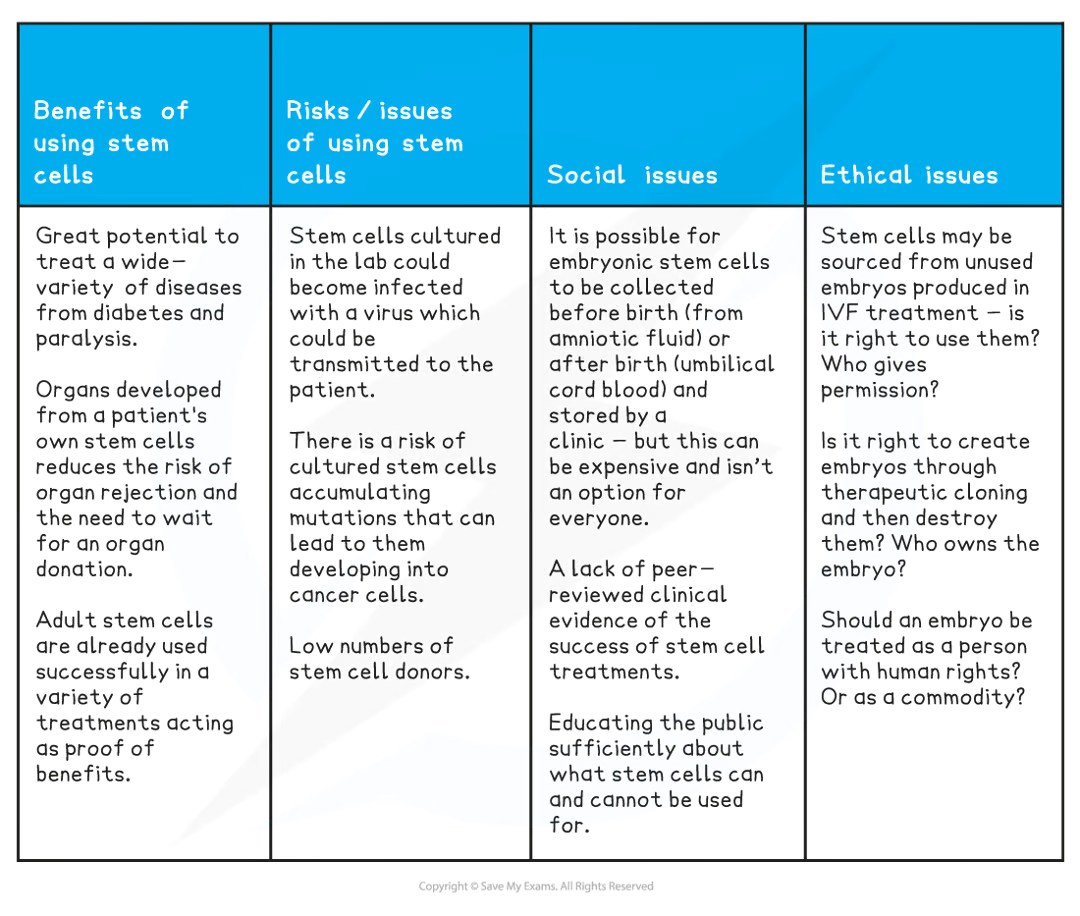nat & var (variety, characs) AND (structure and function (levels of org, cell structure)
1/12
Earn XP
Description and Tags
characteristics of living organisms (MRS GRENC), variety of living organisms (cell structures)
Name | Mastery | Learn | Test | Matching | Spaced |
|---|
No study sessions yet.
13 Terms
MRS GRENC
movement
respiration
stimulus (responds to surroundings)
growth
reproduction
excretion
nutrition
controls internal conditions
define organelle, cell, tissue, organ, organ system
organelle → small structure within cell that carries out a function
cell → small fundamental unit that makes up an organism
tissue → group of (usually similar) cells working together to perform a function
organ → groups of tissues working to together to perform a shared function
organ system → group of organs (with related functions) working together to perform a function
eukaryote vs prokaryote
eukaryote has a nucleus
EU
PLANT | ANIMAL | BACTERIA | FUNGI | |
nucleus | ||||
cytoplasm | ||||
cell wall | ||||
cell membrane | ||||
mitochondria | ||||
ribosomes | ||||
chloroplasts | ||||
permanent vacuole | ||||
plasmid | ||||
flagellum | ||||
uni/multicellular | ||||
carbohydrates stored as: |
PLANT | ANIMAL | BACTERIA | FUNGI | |
nucleus | ✅ | ✅ | ❌ | ✅ |
cytoplasm | ✅ | ✅ | ✅ | ✅ |
cell wall | ✅ | ❌ | ✅ | ✅ |
cell membrane | ✅ | ✅ | ✅ | ✅ |
mitochondria | ✅ | ✅ | ❌ | ✅ |
ribosomes | ✅ | ✅ | ✅ | ✅ |
chloroplasts | ✅ | ❌ | ❌ | ❌ |
photosynthesis? | ✅ | ❌ | ❌ *but some rarer bacteria have chlorophyll in cytoplasm | ❌ saprotrophic |
permanent vacuole | ✅ | ❌ | ❌ | ❌ |
plasmid | ❌ | ❌ | ✅* and circular chromosome of DNA | ❌ |
flagellum | ❌ | ❌ | ✅ | ❌ |
uni/multicellular | multi | multi | uni | uni: yeast multi: mushroom |
carbohydrates stored as: | starch/sucrose | glycogen | glycogen | glycogen |
example | pea plant | dog | e.coli | Amoeba |
basic structure | function | |
nucleus | ||
cytoplasm | ||
cell membrane | ||
cell wall | plant: fungi: [bacteria: ] | |
chloroplasts | ||
vacuole | ||
ribosomes | ||
mitochondria |
basic structure | function | |
nucleus | contains genetic material in chromosomes | contains genetic information, controls cell activities |
cytoplasm | jelly-like substance | site of chemical reactions |
cell membrane | controls what goes in/out of cell holds cell together | |
cell wall | plant: cellulose fungi: chitin [bacteria: peptidoglycan] | give cell structure and shape, prevent bursting |
chloroplasts | contains chlorophyll | site of photosynthesis, chlorophyll absorbs sunlight |
vacuole | sack | contains cell sap: water, salts/sugars, mineral ions starch storage holds shape of cell |
ribosomes | protein synthesis | |
mitochondria | site of aerobic respiration |
define pathogen
microorganism that causes disease
virus features
include: size, contains either ___ or ___
example
protein coat
parasitic; cannot reproduce without living host
very small
contain either DNA or RNA
example: influenza
NOT LIVING
what is cell differentiation
process by which a cell becomes specialized to perform a specific function
animal vs plant cell differentiation
animal: as organism develops, animal cells lose ability to specialise early on
only some adult STEM cells remain undifferentiated
these are involved in replacing/repairing cells e.g. blood, skin.
plant: many types of plant cells can differentiate into anything at any stage in their lifetime
A stem cell is an _______ cell of an organism that is capable of ______ an _____ number of times
A stem cell is an undifferentiated cell of an organism that is capable of dividing an unlimited number of times
stem cell | source | potential | product |
embryonic | |||
Adult | bone marrow | ||
adult | skin | ||
adult | other organs e.g. liver, brain | ||
adult | umbilical cord blood | ||
meristem |

problem | how stem cells could be used to treat it | source of stem cells | |
diabetes II | |||
paralysis |

benefits of using stem cells | risks/issues of using stem cells | social issues | ethical issues |
